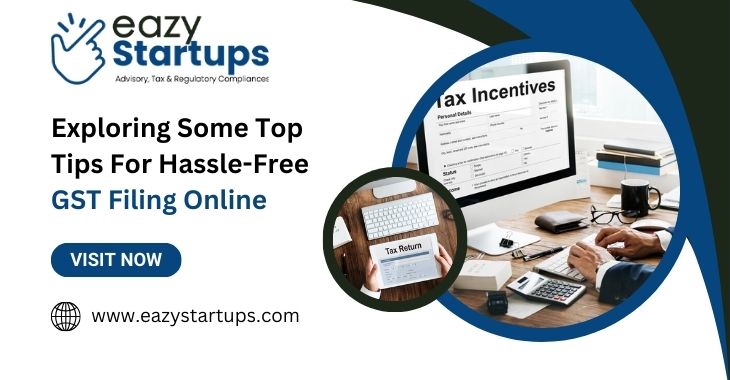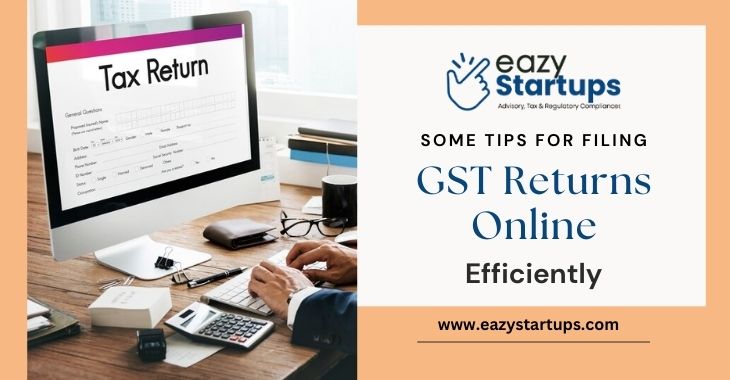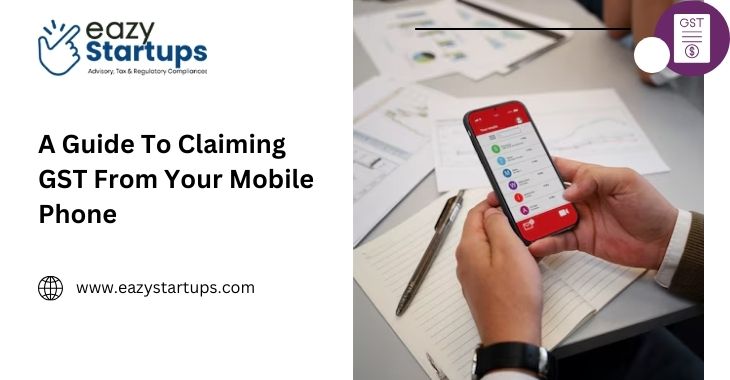As life can get hectic, it’s possible for the timely submission of your Income Tax Return (ITR) to fall between the cracks. Don’t freak out if you’ve passed the deadline. This blog is for you. Here, we will discuss what happens when you miss the deadline for filing your income tax. If you are looking for expert professionals to help with your Income Tax Return Filing Online in India, reach out to Eazy Startups today.
Now, let’s have a look at the detailed discussion of the topic:-
- Late Filing Penalty
- Interest on Tax Due
- Loss of Carry Forward of Losses
- Delayed Refunds
- Possible Prosecution
- Challenges with Loans and Visas
- Filing a Belated Return
Late Filing Penalty:
A late filing penalty is among the first things you’ll experience if you miss the ITR deadline. If you file after the deadline but before December 31st of the assessment year, the Income Tax Department assesses a fine of up to ₹10,000. Even though the fine might not be very large, it is still an extra expense that could have been prevented.
Interest on Tax Due:
Interest will be charged on unpaid taxes if you fail to file by the deadline. From the due date until the day you file your return, the interest rate is one percent each month, or half a month. This interest adds up quickly, particularly if a sizable balance is owing. Filing and paying any taxes due as soon as possible is advisable to prevent this additional expense.
Loss of Carry Forward of Losses:
Filing within the deadline is essential if you wish to carry over losses from prior years. For example, timely filing enables you to carry forward losses on capital gains or company income, which you can use to offset future income. You forfeit this benefit if you miss the deadline, which may reduce your future tax savings.
Delayed Refunds:
Ignoring the deadline for filing your Income Tax Return Filing Online can delay your tax refund. Since refunds are handled according to priority, submitting your application beyond the deadline will result in a later reimbursement. It could be inconvenient if you are depending on the return for a specific purpose.
Possible Prosecution:
In extreme circumstances, the Income Tax Department may take legal action if you consistently fail to file your ITR or owe a sizable amount of taxes. It is uncommon, but depending on how serious the case is, it may result in penalties or even jail time. Even though this is an unusual result, it emphasizes how crucial timely filing is to avoiding significant legal issues.
Challenges with Loans and Visas:
Lenders and visa authorities frequently require proof of ITR filing. Getting a loan or a visa may be more difficult if your returns are not filed. Filing your ITR regularly facilitates these procedures when you need them and helps you establish financial credibility, and smooths out these processes when you need them.
Filing a Belated Return:
You have until December 31st of the assessment year to file a delayed return, even if you miss the deadline. Even if there will be fines and interest, filing is still preferable to not filing at all. On the other hand, late filing will result in the loss of certain benefits, such as carrying forward losses.
Conclusion
Penalties, interest, and other issues might arise from failing to file your ITR by the deadline. To reduce these problems, however, filing your return as soon as possible is the best course of action. In addition to saving you money, timely filing maintains your good reputation with the tax authorities and helps you steer clear of any issues. If you need the best professional help to navigate Income Tax Return Filing Online in India, contact Eazy Startups today. Visit our website to learn more.








Recent Comments